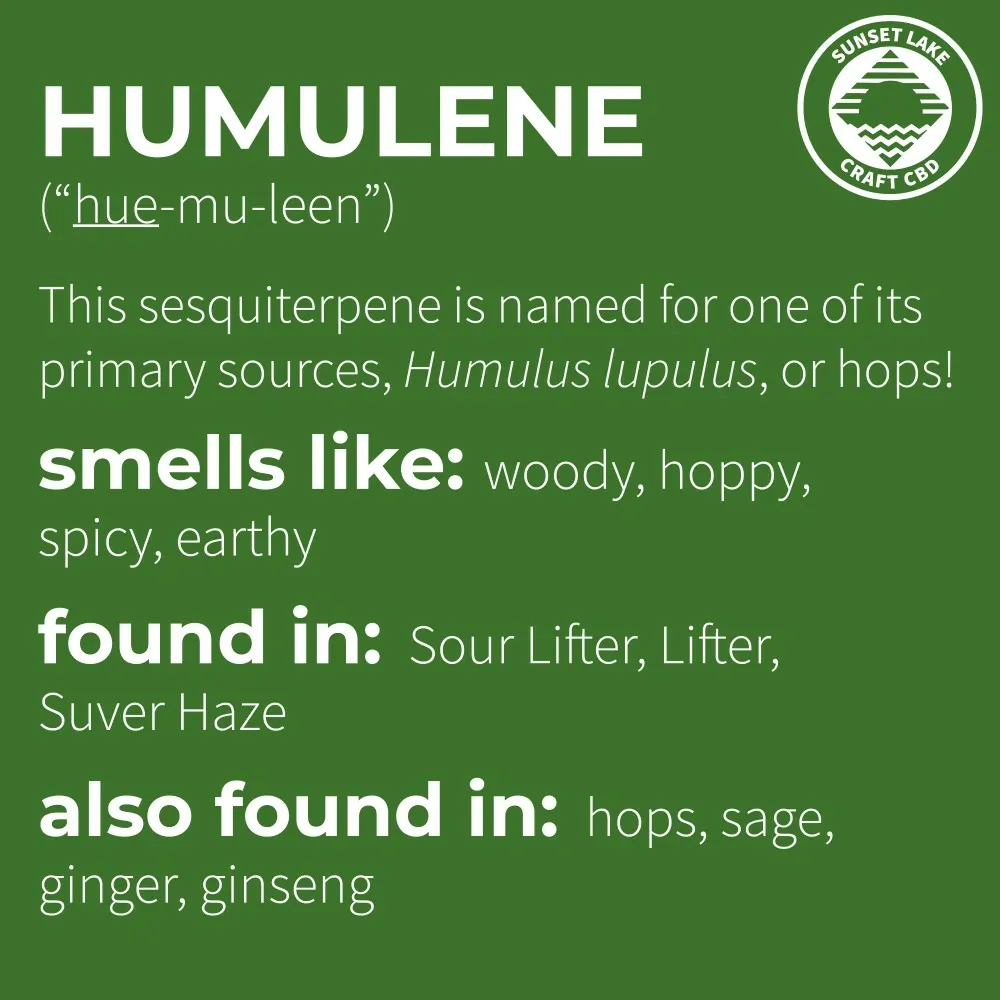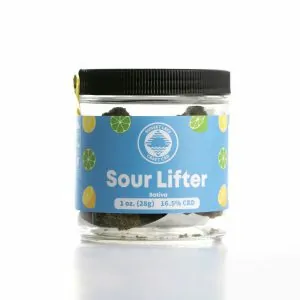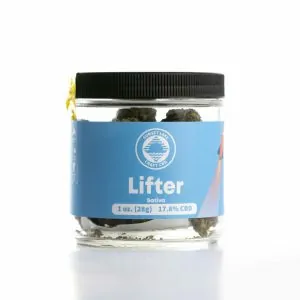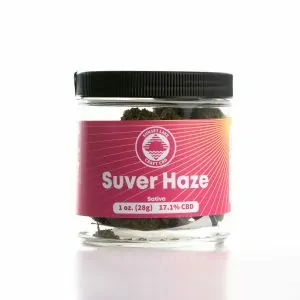No products in the cart.
Terpene Spotlight: Humulene
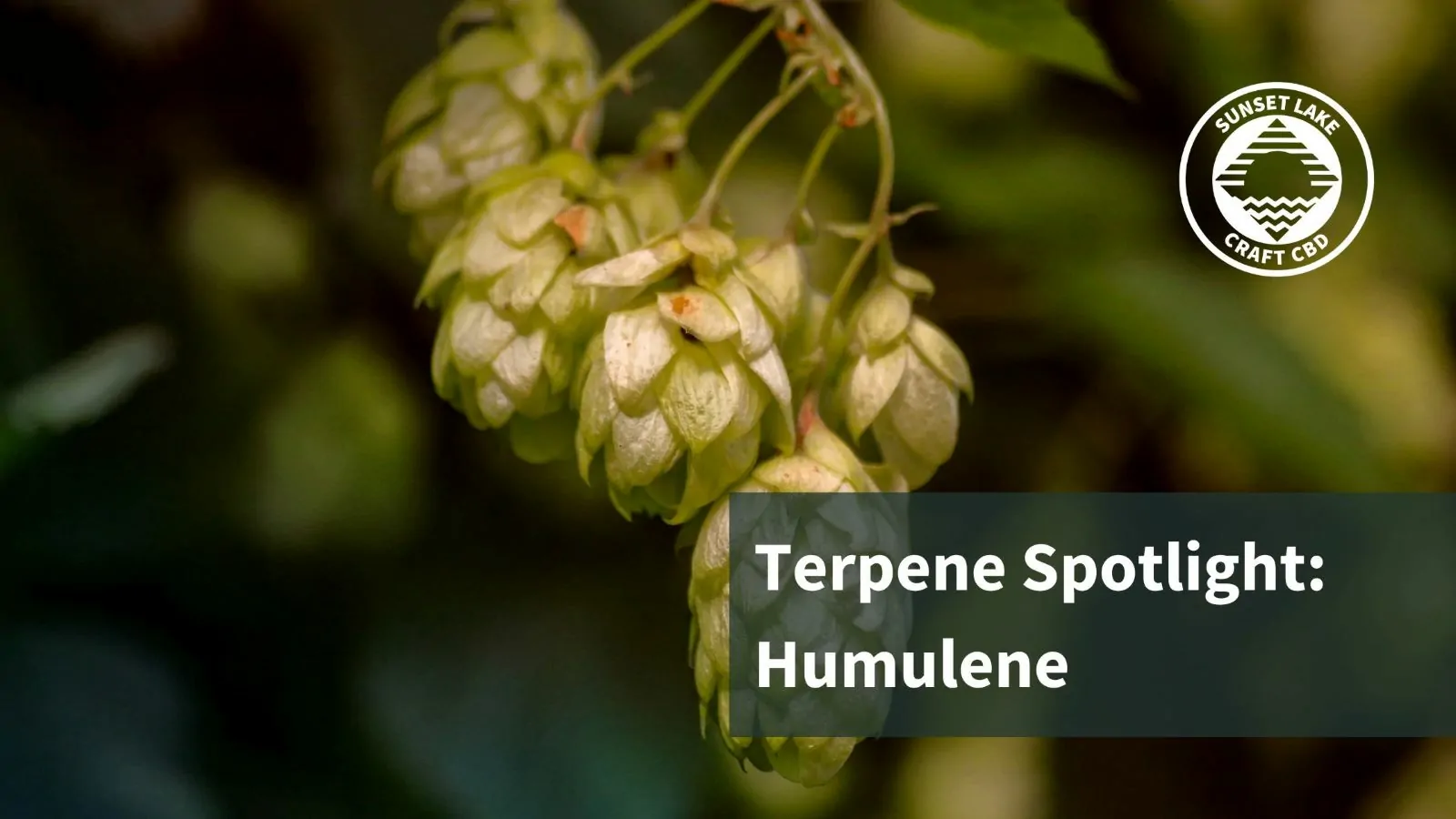
Not only does hemp produce more than 100 compounds called cannabinoids, but it also produces a multitude of aromatic compounds called terpenes. Humulene, the topic of this post, lends itself to one of the world’s most popular consumer products: beer.
In this post, we’ll cover,
- What humulene is
- Where you can find humulene, both in nature and in manufactured products,
- And, what potential benefits humulene might have
What Are Terpenes?
Terpenes are a diverse grouping of organic compounds found in a wide variety of plants, fruits, flowers, herbs, and even some animals. They are primarily responsible for the aroma of many plants. For example, Lavender contains a lot of linalool, a terpene thought to have relaxing properties. That’s also why you’ll find a lot of “relaxing” products like lotion and bath bombs containing lavender scent.
Terpenes also play a crucial role in a plant’s self-defense by deterring pests and herbivores, while simultaneously attracting pollinators.1 Terpenes give hemp flowers an extremely bitter taste which deters deer and other would-be consumers.
The cosmetic and food industries covet terpenes for their aroma and taste. If you go into your bathroom right now, you’ll likely find a skincare product or a scented cleaning product that contains some form of terpene. Terpenes you’ve likely encountered include:
- Citrus fruits that contain limonene
- Nutmeg and cumin contain good amounts of terpinolene
- Perfumes that contain bisabolol
While we’ve been using terpenes for some time, we are just now finding out about their potential health benefits which we’ll touch on later in this post.
What Is Humulene?
Humulene, also known as alpha-humulene (α-humulene) is a sesquiterpene commonly found in hops, also known as Humulus lupulus meaning “Little Wolf” in Latin. Humulene is known for its earthy, woody scent and its bitter flavor. Sound familiar? Humulene lends its scent and some taste to your favorite IPA.
You can also find humulene in several other plants like sage, ginger, ginseng, and of course hemp. As a molecule, humulene is technically an isomer of beta-caryophyllene, and the two are very commonly found together in flowers and vegetation.
Fun Fact: Humulus lupulus (hops) are both members of the Cannabaceae family making them close cousins. Imagine trying a beer brewed with hemp instead of hops…hmmm.
What Is Humulene Used For?
You’ll commonly find humulene in products like hoppy beer, some cosmetics, and some herbal teas— not to mention hemp flower.
Aside from modulating the hemp and CBD experience, many therapeutic-grade essential oils used for aromatherapy contain humulene. Traditional Chinese Medicine uses humulene for its anti-inflammatory and antibacterial effects.
What We Might Use It For…
Because humulene and terpenes in general have recently taken center stage in cannabis and health science, some studies into humulene have yielded some interesting results.
Inflammation
Researchers in the UK sprayed humulene both on and in mice and concluded that it is a powerful anti-inflammatory agent. Its efficacy is near that of dexamethasone, a steroid used to treat arthritis and other forms of inflammation.2
Anti-Bacterial
A study published in 2006 found that Balsam-fir essential oil, containing a high concentration of terpenes including humulene and pinene, was effective at fighting the staphylococcus aureus bacteria, also known as staph.3
Immune System Support
A study out of Japan found that humulene promoted the secretion of the IL-8 protein, known for its role in recruiting the body’s immune cells to the site of an infection.4
Sunset Lake CBD Cultivars Featuring Humulene
At Sunset Lake CBD, we pride ourselves on our approach to sungrown hemp. Not only do we think that producing hemp flower outdoors is better for the environment, but it’s also been shown to increase terpene production in the flowers.
We then carefully cure and process our hemp flower to retain as many beneficial terpenes as possible. This year we’ve got a handful of cultivars that prominently feature humulene including,
- Sour Lifter – 0.34%
- Lifter – 0.29%
- Suver Haze – 0.26%
Note that third-party labs report terpenes on a by-weight basis.
Sources:
- Divekar, Pratap Adinath et al. “Plant Secondary Metabolites as Defense Tools against Herbivores for Sustainable Crop Protection.” International journal of molecular sciences vol. 23,5 2690. 28 Feb. 2022, doi:10.3390/ijms23052690
- Rogerio, Alexandre P et al. “Preventive and therapeutic anti-inflammatory properties of the sesquiterpene alpha-humulene in experimental airways allergic inflammation.” British journal of pharmacology vol. 158,4 (2009): 1074-87. doi:10.1111/j.1476-5381.2009.00177.x
- Pichette, André et al. “Composition and antibacterial activity of Abies balsamea essential oil.” Phytotherapy research : PTR vol. 20,5 (2006): 371-3. doi:10.1002/ptr.1863
- Satsu, Hideo et al. “Regulation of interleukin-8 secretion in human intestinal epithelial Caco-2 cells by alpha-humulene.” BioFactors (Oxford, England) vol. 21,1-4 (2004): 137-9. doi:10.1002/biof.552210127

